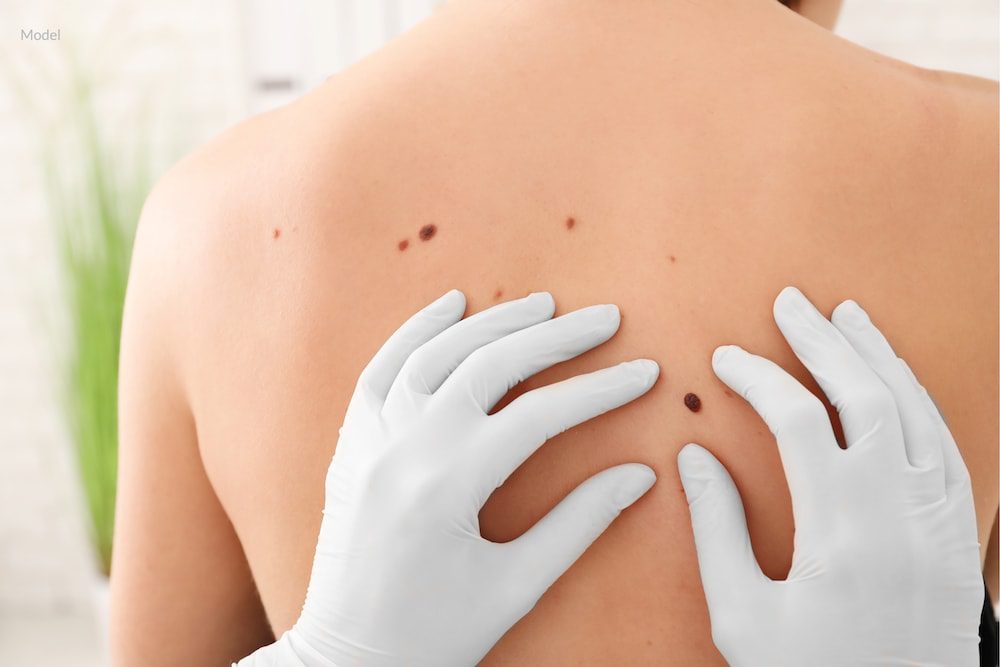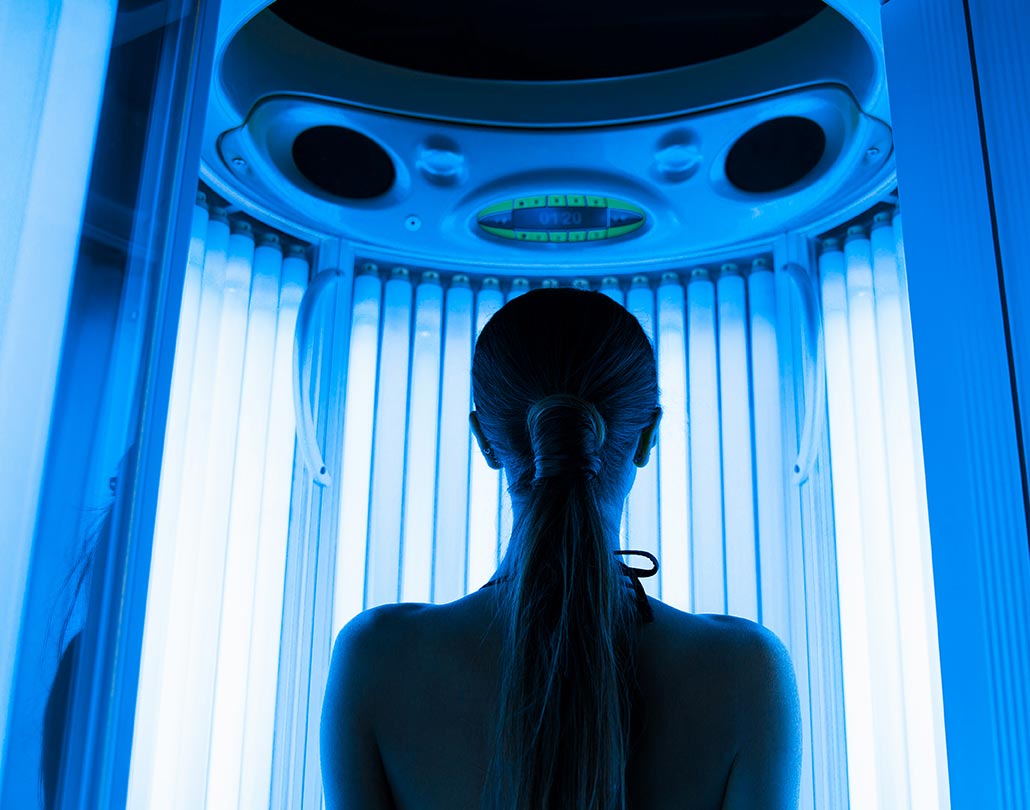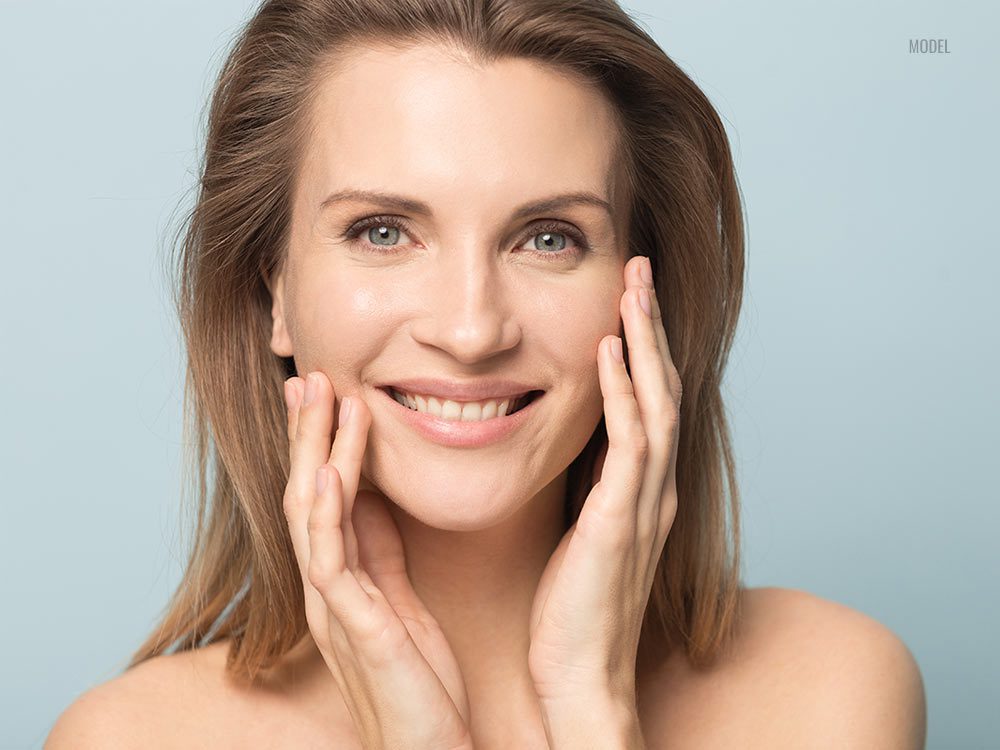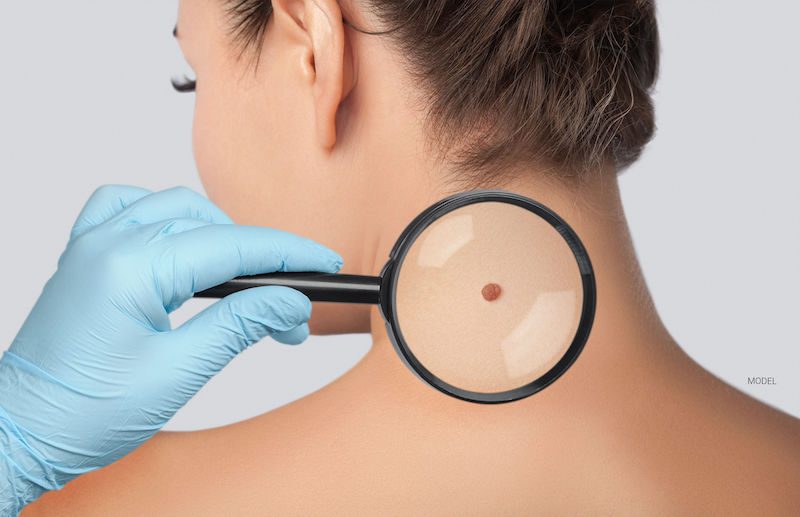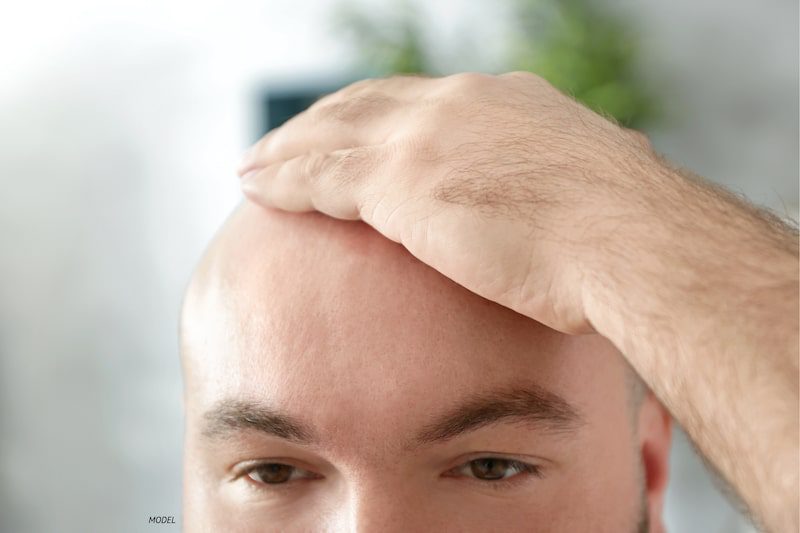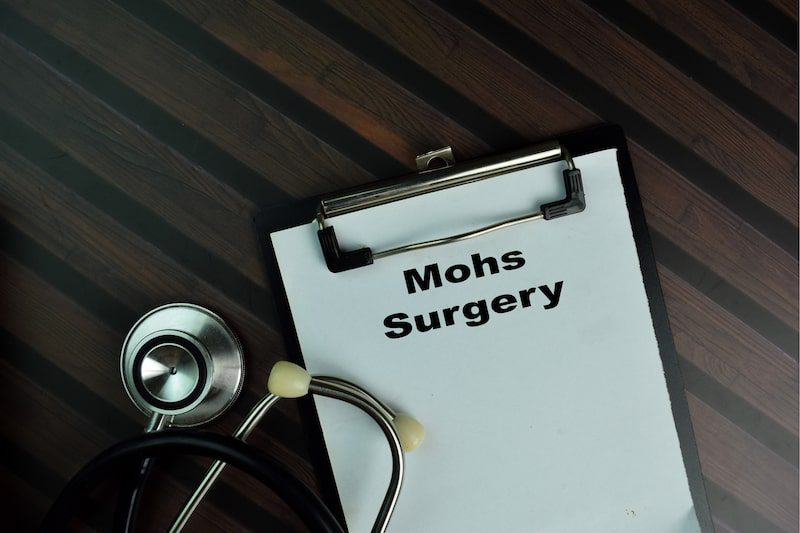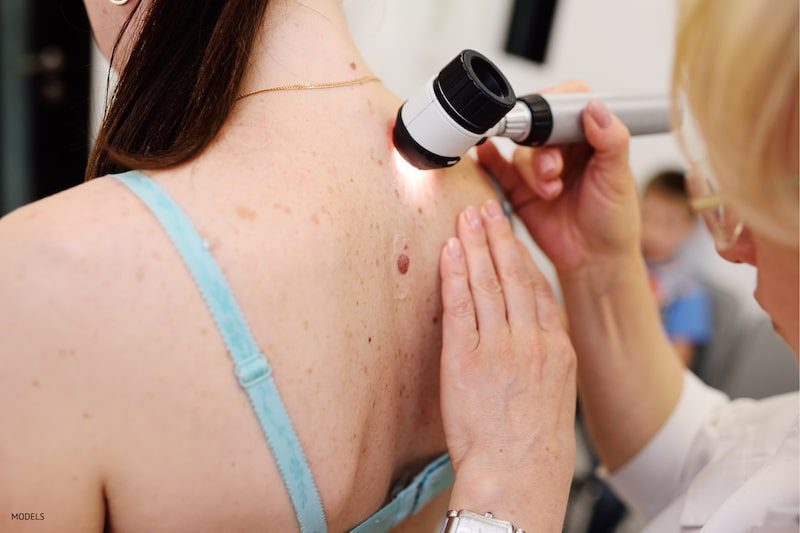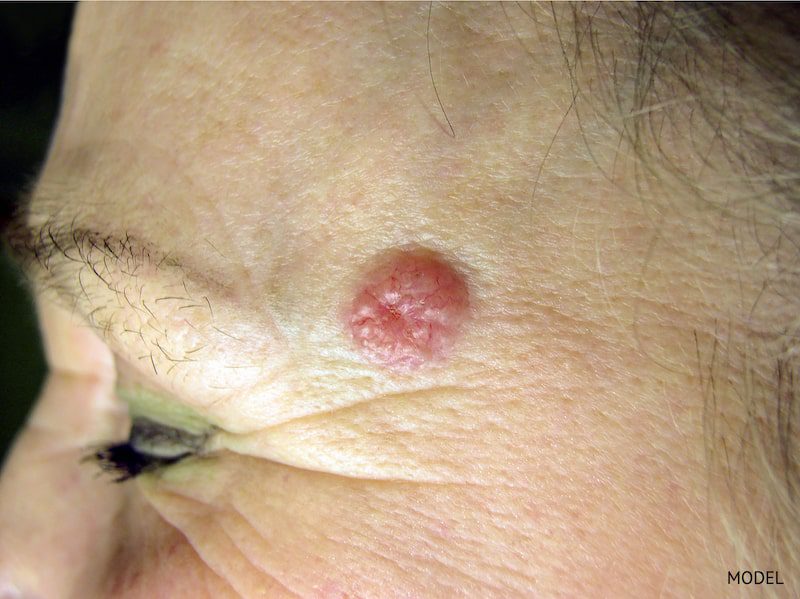Will I Still Need a Reconstructive Procedure After Mohs Surgery?
Mohs Surgery | The Office of Dr. Vincent Hung
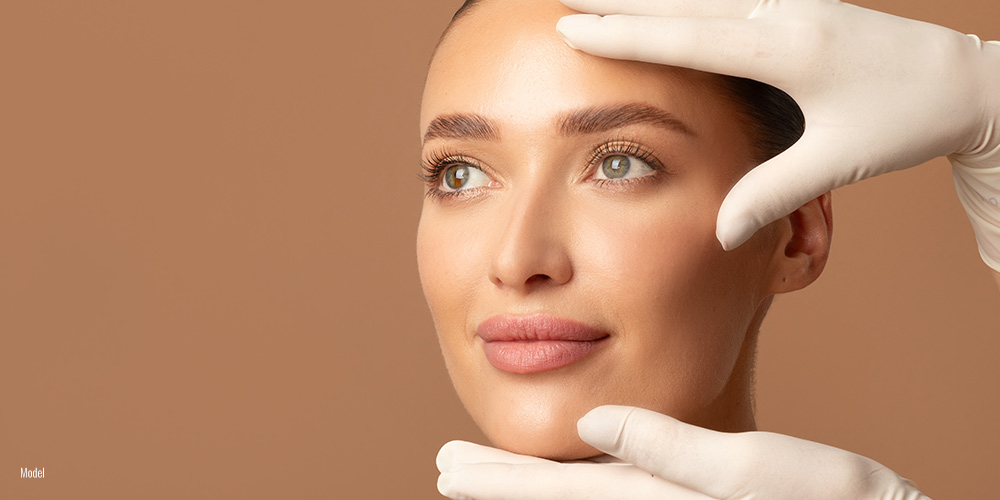
Mohs surgery techniques for skin cancer removal help preserve healthy surrounding tissue, often minimizing wound size. However, some reconstructive surgery is typically still required. This blog will explain the options for reconstruction after this cancer surgery and the benefits of choosing a qualified Mohs surgeon who also specializes in reconstructive procedures to perform them both.
4 Min Read:
What Is Mohs Surgery?
Mohs surgery is a precise way to remove skin cancer while saving as much healthy skin as possible. Your surgeon carefully removes one thin layer of skin at a time. Each layer is checked right away under a microscope to make sure all cancer cells are found and removed.
This step-by-step process helps your surgeon remove only the cancerous tissue, leaving healthy skin untouched. It’s one of the most successful treatments for skin cancer available today.
The approach works particularly well for treating common skin cancers like basal cell carcinoma and squamous cell carcinoma, especially in visible areas such as the face, neck, or hands. Because surgeons carefully examine and determine where the cancer stops and healthy tissue begins, they remove only what’s necessary. While this method saves as much healthy skin as possible, patients may still need reconstructive procedures afterward to help the area heal properly and look natural.
Why Is Reconstruction Often Needed After Mohs Surgery?
Mohs surgery removes skin cancer while keeping as much healthy tissue as possible. However, this process still creates a wound where the cancer is taken out. Some smaller wounds can heal by themselves with little scarring.
However, many wounds need extra care, especially those on visible parts of the body, like the face or neck. The same goes for areas that move a lot, such as joints or around the mouth. In these cases, reconstructive surgery helps restore both the look and function of the treated area.
Reconstruction may be needed for:
- Facial areas, such as the nose, eyes, or lips, where proper function and aesthetics are critical.
- Ears, where cartilage and soft tissue must often be repaired.
- Scalp, to cover exposed tissue or bone.
- Extremities, like hands and feet, to restore both appearance and mobility.
In many cases, an experienced, qualified plastic surgeon will help you decide if reconstruction would give you better results than letting the wound heal on its own.
Reconstructive Surgery Options for Mohs Patients
The type of reconstructive procedure depends on the size, depth, and location of the wound. Below are some common options:
Primary Closure
If the wound is small, it may be closed directly with stitches. This option works well in areas where the skin can be easily pulled together without creating tension.
Skin Grafts
For larger wounds, a skin graft may be used. This involves taking skin from another part of the body and attaching it to the surgical site. Skin grafts are often used for areas like the scalp or extremities.
Local Flaps
A local flap uses skin and tissue from an area adjacent to the wound to cover the defect. This method is particularly effective for facial reconstruction, as it helps maintain a natural appearance.
Cartilage or Bone Grafts
In cases where skin cancer removal affects deeper structures, such as the nose or ear, cartilage or bone grafts may be required to rebuild the area.
Why Choose Dr. Hung for Mohs Surgery?
Dr. Vincent Hung is a triple board-certified Mohs surgeon, dermatologist, and reconstructive plastic surgeon based in Pasadena, CA. His expertise allows him to handle both skin cancer removal and reconstruction with the highest level of care.
Dr. Hung specializes in reconstructive procedures for sensitive areas, including:
- Nose reconstruction
- Ear reconstruction
- Eye-area reconstruction
- Scalp reconstruction
- Extremity reconstruction
Dr. Hung’s patients benefit from his attention to detail and personalized approach. Whether your surgery involves a small wound or a more complex reconstruction, his expertise lends itself to the best possible outcome.
The Benefits of Combining Mohs and Reconstruction Surgeries
When one surgeon performs both your Mohs surgery and reconstruction, you get better results with less hassle. Here’s why:
- Streamlined Process: You’ll have fewer appointments and one clear treatment plan from start to finish.
- Cohesive, Better-Looking Results: Your surgeon plans the cancer removal with reconstruction in mind, leading to smaller and less noticeable scars.
- Quicker Healing: Getting both procedures done together means less total recovery time.
- Better Communication: Your surgeon knows every detail of your case, from the first visit through final healing.
Expert Mohs Surgery Care in Pasadena, CA
If you’re preparing for Mohs surgery and are concerned about reconstruction, Dr. Hung offers comprehensive care to guide you through every step of the process. As a leading Mohs and reconstructive surgeon in Pasadena, CA, he combines advanced techniques with an artistic touch to achieve the best results.
To schedule a consultation or learn more, call (626) 432-5032 or visit our contact page. Don’t let skin cancer or its treatment keep you from looking and feeling your best. Let Dr. Hung help you restore both your health and confidence.
